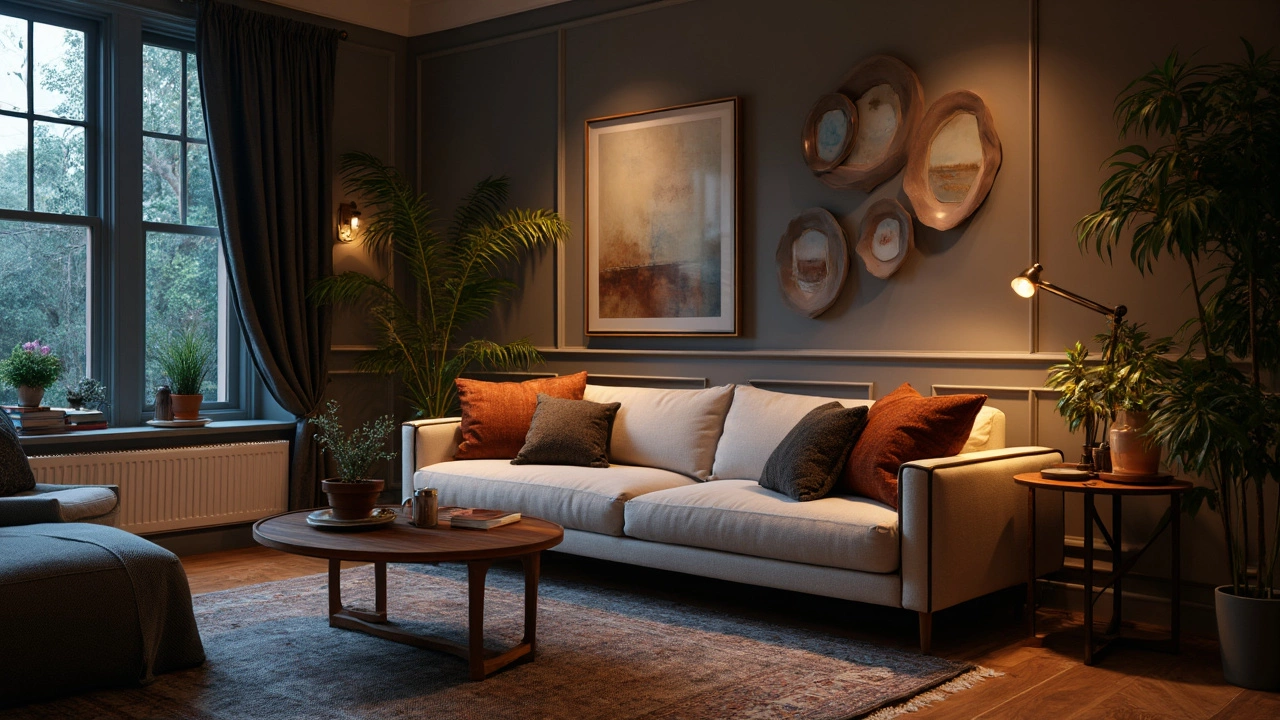Interior Lighting Made Simple: Practical Tips for Every Room
Good lighting isn’t just about seeing – it shapes how a room feels. Whether you want a brighter kitchen, a relaxing bedroom, or a workspace that sparks creativity, a few smart choices can transform any space without breaking the bank.
Start with the Light Source
First, think about where the light comes from. Natural light is free and flattering, so keep windows clear of heavy drapes. If a room feels dark, add a sheer curtain or a light‑colored blind to let daylight in while maintaining privacy. When natural light isn’t an option, choose LED bulbs that mimic daylight. Look for a colour temperature around 4,000‑5,000K – it feels like real sunshine and reduces eye strain.
Layering light is the next step. Combine ambient lighting (the main source, like ceiling fixtures) with task lighting (desk lamps or under‑cabinet LEDs) and accent lighting (spotlights for art or shelves). This mix lets you dial the mood up or down with a simple switch.
Pick Fixtures That Fit Your Style and Function
In the living room, a large pendant or a stylish floor lamp can become a focal point. Keep the fixture size proportionate to the room – a tiny lamp will get lost in a big space, while an oversized chandelier can overwhelm a small loft.
For bedrooms, soft, warm light creates a cozy vibe. Use bedside lamps with dimmers so you can switch from reading mode to a gentle glow for winding down. A dimmer switch on the main ceiling light lets you adjust brightness throughout the night without hunting for a switch.
Kitchen work zones need bright, focused light. Under‑cabinet strips eliminate shadows on countertops, making food prep safer and easier. Pair them with a bright ceiling light to keep the whole area well lit.
Home offices benefit from a balance of natural light and a task lamp that reduces glare on screens. A lamp with an adjustable arm lets you position the light exactly where you need it, protecting your eyes during long work sessions.
Don’t forget energy savings. LEDs use up to 80% less power than old incandescent bulbs and last much longer. If you’re swapping out old fixtures, choose LEDs with a high CRI (color rendering index) – they show true colors, which is especially important in spaces like kitchens or art studios.
Finally, experiment. Move a floor lamp closer to a reading chair, add a strip of warm light behind a TV, or install a dimmer on your hallway light. Small tweaks reveal how light can change a room’s personality in seconds.
With these basics – natural light, layered LED sources, smart fixtures, and a touch of experimentation – you’ll have interior lighting that feels right for every activity. No need for a professional designer; just start adjusting and enjoy the instantly brighter, more inviting home you’ve created.
What Lighting Is Most Attractive? Smart Tips for Better Home Lighting
- Gavin Whitaker
- |
- |
- 0
Wondering what lighting makes your home look its best? This article uncovers what truly makes lighting attractive at home, from how color temperature affects mood to the way placement changes everything. Get clear, actionable advice on bulbs, fixtures, and simple tricks to boost your space. Find out how small tweaks make a big difference. Shine a light on what really works in home lighting.
View more